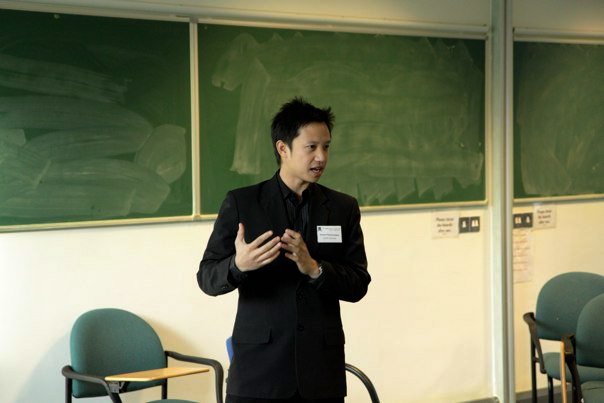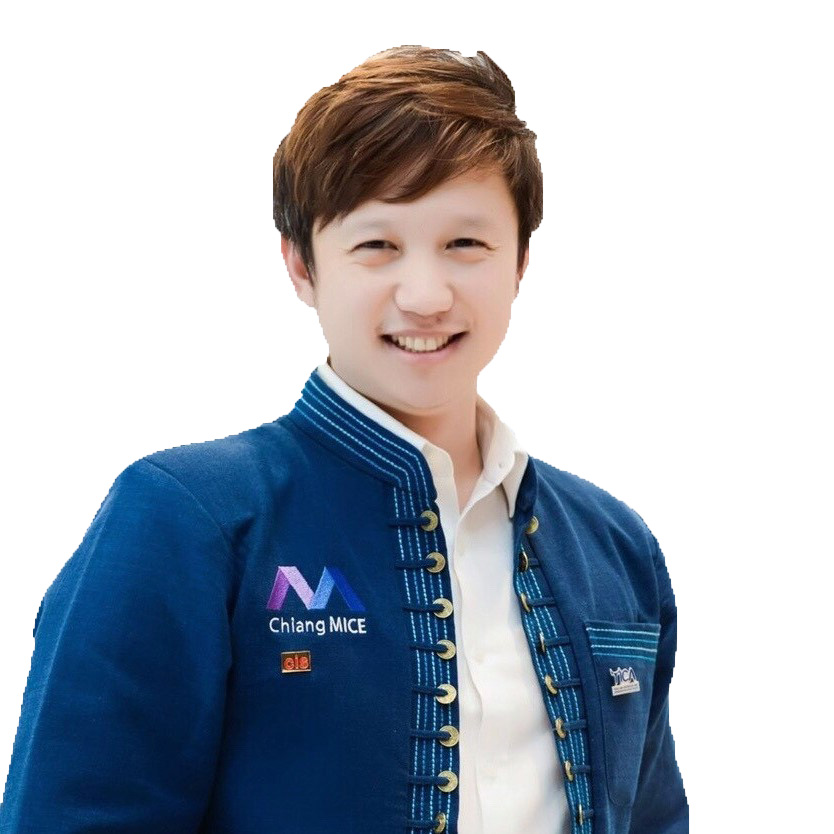My Course Wish List at CMSE next year
 Here is the list of courses I wish to teach next year at Chiang Mai School of Economics, not so sure about the demand there!
Here is the list of courses I wish to teach next year at Chiang Mai School of Economics, not so sure about the demand there!
Undergraduate (B.Econ.)
Curriculum (pdf)
- ECON 304: Economics Statistics with an applications in R)
- ECON 415: Efficiencies and Productivity Measurement of Industries (Focus on Supply Chain Performance Measurement)
- ECON 320: International Business Economics (Focus on Supply Chain Economics for AEC analysis)
or
- ECON 444: Urban Economics (Focus on City Logistics in Chiang Mai and other Lanna provinces)
- ECON 442: Regional Economics (Focus on AEC and GMS)
- ECON 417: Managerial Economics (Focus on Logistics and Supply Chain Economics)
- ECON 345: Transportation Economics
- ECON 408: Research Design in Economics
- ECON 419: Economic Theory and Entrepreneurship
- ECON 443: Industrial Economics
- ECON 4xx: Introduction to Economics of Logistics and Supply Chains (Pre: ECON 301 and Intro. to Business 703103)
- ECON 4xx: Introduction to Structural Equation Modeling for Economics (Pre: ECON 304) (with R)
Postgraduate
Master (M.Econ.)
- ECON 729: Applied Logistics and Supply Chain Economics (Selected Topic in Economic Theory)
- ECON 719: Applied Structural Equation Modeling in Economics (Selected Topics in Quantitative Economics) (with R)
PhD
- ECON 829: Advanced Logistics and Supply Chain Economics (Selected Topic in General Economic & Theory)
- ECON 819: Advanced Structural Equation Modeling in Economics (Selected Topics in Advanced Econometrics) (with R)





